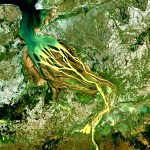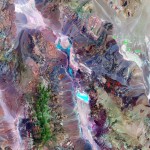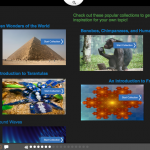I recently read an article in the New York Times about Maria Popova, founder of the Brain Pickings “online ideas emporium,” and was struck by her quote describing how she views her work as “helping people become interested in things they didn’t know they were interested in, until they are.” It’s a perfect description of the most important job responsibility of an instructional technologist. We are supposed to research the latest and greatest in technology and teaching methods, then bring that information to our faculty. The question is, how do you get someone to be interested in something when they don’t know they are interested in it? The best way I’ve found to do this is by having a thorough understanding of the problems teachers encounter in the classroom, the learning challenges students face, and the ways that the technology or tool you are looking at can help someone solve those problems.
To understand the problems teachers encounter in the classroom, I’ve found classroom observations to be a useful tool. In addition, one of the questions I most frequently ask faculty is “What is it that your students have trouble understanding in this class?” This information provides a starting point for thinking about how a particular technology might help a faculty member address their teaching challenges.
The next piece is understanding where students have problems. One way to do this is to talk with the students in the class directly, and ask them where they are encountering difficulties as well as what resources they wish they had available to them. Sometimes I will also try being a “student” myself, by getting a copy of the text or reading materials they are using, and attempting to complete some of the assignments and/or problems. I also read research studies that address student study and research habits, like the work done by Nancy Fried Foster, an anthropologist working in the University of Rochester library, and her colleagues in their “Studying Students” report.
Finally, you need a thorough understanding of the technology or pedagogical method you are working with, its strengths and weaknesses, and the types of problems it is suited to address. Keep in mind there are usually many ways to solve a particular problem, and in most cases, you want to find the fastest and simplest way.
At that point, you are ready to begin getting people interested in what you have found. Describe your technology or teaching method in a way that addresses a problem the faculty or students have. Remember that the language of Educause is not the language of faculty, so be sure you translate into terms your audience of faculty members will understand. And, keep your description short! Entrepreneurs have to be prepared with an “elevator pitch” to promote their idea/product in one minute or less. You need to do the same, because like entrepreneurs, the people we work with are very busy and have many other things to do. So if you can’t describe in one minute or less why your technology or teaching technique should be of interest, keep refining your description until you can.





